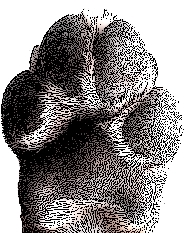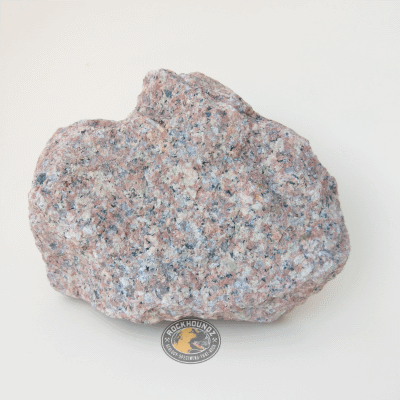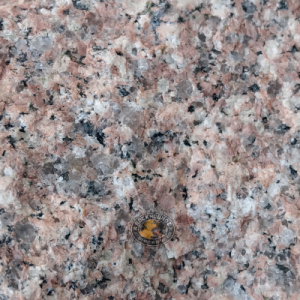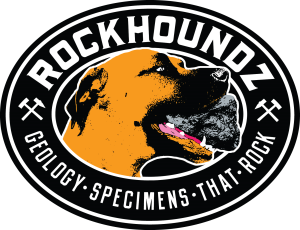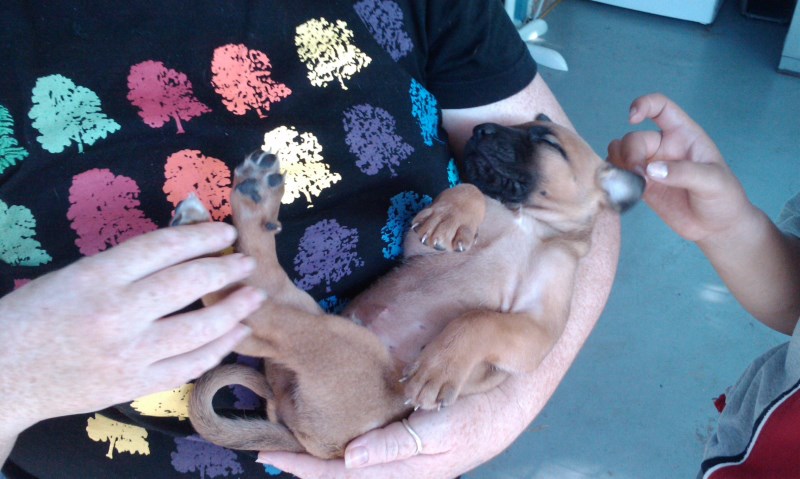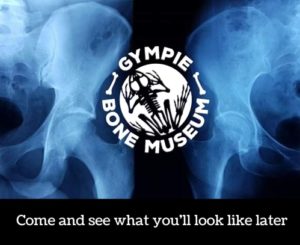
So…. geology is back in the National Curriculum…

Don’t panic! Rockhoundz is here to help you
To misquote Donald Rumsfeld: “People who say that they know nothing about rocks are always interesting to me, because as we know, there are known rocks; there are rocks we know we know. We also know there are rock unknowns; that is to say we know there are some rocks we do not know.”
I’ve noticed that when you start talking rocks everyone says I DON’T KNOW! But as we keep talking you know more than you think you know. You’ve already got a rock solid foundation to build your knowledge on. So I’ve written a new kind of rock identificaton guide for you. A plain language, no silly business, get your rocks sorted in no time guide to “what rock is that?” Rock by rock we’ll build your House of Rock Knowledge until you’re standing on top flying your flag in triumph!
First, some basic terms that are useful to classifying rocks.
This will help if you ever really get stuck and you need to put some descriptive terms into Google and see what it throws back at you. Also, it wouldn’t hurt to throw some of these terms around in the classroom occasionally. I don’t think the new textbooks cover it very well and I don’t know how kids are supposed to go from zero to professor of geology without the foundations to start with.
Rocks are made of minerals – maybe one, maybe many types. Rocks are defined by the minerals observed in them.
Rocks are described by their texture – by describing the size, shape and arrangement of minerals.
The grain size of rocks is described as aphanitic (fine like rhyolite), phaneritic (large like granite), porphyritic (fine background, large clasts) or pyroclastic (a bit of a jumble like tuff).
Colour is described as felsic (feldspar/silica) for light coloured rocks to ultramafic (magnesium/iron) for dark coloured rocks which corresponds to rocks that are light weight to heavy weight but there are many intermediate magmas. And that’s the nice thing about describing rocks – if they’re not light coloured and felsic or dark coloured and mafic you just call them ‘intermediate’ and you’re right EVERY. SINGLE. TIME.
Common rock-forming mafic minerals are olivine, pyroxene, biotite mica. Common rock-forming felsic minerals are quartz, muscovite mica, orthoclase.
Now that we have that out of the way, back to the plain language stuff. If I listed them all out in this post you’d be here until next year reading it, so I’ve broken it up into individual rocks for each post. Let’s get started with granite.<– (click there)
